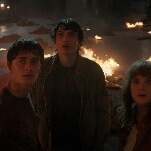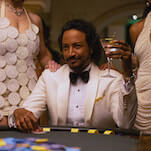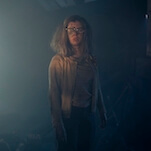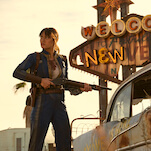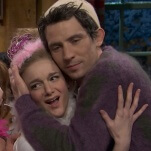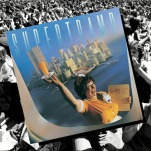Stephen King isn’t made for TV—but he could be
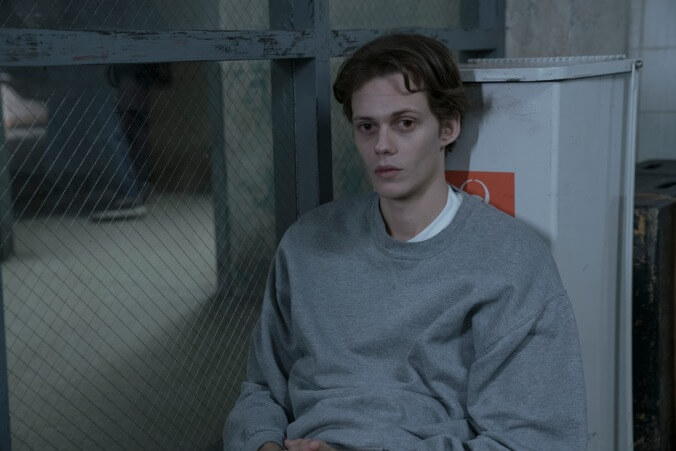
On Wednesday, Hulu will premiere Castle Rock, the new series “based on characters and settings” by Stephen King. If that sounds an awful lot like “here’s a bunch of Easter eggs referencing the work of Stephen King,” that’s because it is. But the show is obviously trying to do more than just work in some not-exactly-timely nods to Cujo; with its titular town and strange amalgam of places and people hearkening to the writings of the iconic horror author, the show is attempting to capture the texture, tone, and feel of a Stephen King story. Thing is, it’s not entirely clear what such a project should actually entail. Because what “feels like a Stephen King story” is actually a much broader category than King gets credit for.
Just in the past few years, we’ve had multiple TV series that are actual Stephen King adaptations, not Castle Rock-style tributes. (Though if we’re talking shows attempting to ape King without directly using his narratives, the list of homages gets very long indeed—hi, Stranger Things.) From Under The Dome to 11.22.63 to Mr. Mercedes to The Mist, it’s not hard to find small-screen translations of his work. And just look at that array of tales: a dark exploration of an isolated community, a sci-fi time-travel adventure, a crime thriller about a retired cop and a serial killer, and a bleak end-of-the-world horror-fantasy. They’re all King stories—but did they all “feel” like King stories? To answer—and to start to understand what makes one—is to look at the difference between a show’s text and its texture.
What makes a successful Stephen King adaptation?
To evoke the tone and texture of a King tale is to attempt a gloss on his most common themes and settings, to take a cross-section of the author’s favorite stylistic devices and distill them into a pastiche of sorts, hopefully ending up with something that resembles an entry in a package of King’s greatest hits. In the best-case scenario, it comes across like something that could’ve been written by the master himself; in the worst case it plays like shitty fanfic, a puree of tropes that contributes nothing new, nor adds any substance outside a mishmash of name-checks and “Remember when this happened?”s.
Unsurprisingly, Castle Rock contains a bit of both: As The A.V. Club’s Erik Adams wrote in his review, a “couple of good scares and some artful flourishes aside, the only things distinguishing the show from wannabe Twin Peaks series like Wayward Pines or Happy Town are the King pedigree and Easter eggs.” This leaves the viewer with the suspicion that, by incorporating the most blatant of King references as a justification for its existence, the series ends up begging the question.
It shouldn’t surprise anyone to learn that a good televised adaptation of King’s material involves the same fundamental building blocks as any other TV show. Given the strength of the source material, the assumption is that the plot you’re working with is already sound, meaning it’s up to the cast and crew to nail the rest of it—characterization, pacing, dialogue, all the things that actually demarcate the difference between great TV and merely a good story, inelegantly told. This split between, essentially, text and texture—for a primer on these qualities, see Film Crit Hulk—is the distinction between yet another so-so but faithful King adaptation and a strong series.
Castle Rock and Mr. Mercedes—one brand new, the other returning for a second season—fall on opposite sides of the coin. Castle Rock is full of creepy atmosphere, committed performances, and an air of looming dread, all cast over a small-town setting that nails the texture without really knowing how to tell its story effectively. Mr. Mercedes has the opposite problem: It’s a faithful and engaging retelling of a King novel (two, actually, now that the new season is starting) that occasionally suffers in its desire to adhere to the source material without creating the necessary universe, pacing, and tone to elevate the plot. Leaving aside the thorny issue of page-to-screen translation, each one has strengths and shortcomings that lend themselves to a helpful contrast.
Paying homage: Castle Rock and the problem of plotting
Castle Rock, at its heart, is basically an inverted Fargo. Whereas that FX anthology expands the texture of one Coen brothers movie to encompass an entire universe of characters and atmosphere that evoke the original film without feeling beholden to it, Castle Rock takes an entire bibliography—more than 60 novels and short-story collections—and reduces it down to the barest of components. That’s why it’s so hard for the series, especially in the early going, to feel like anything more than a few recognizable scraps of King held together by an atmosphere of menace. I dare anyone to watch the pilot episode of Castle Rock and tell me anything about where any of the characters—with the exception of André Holland’s Henry Deaver—are emotionally, what their personalities are, or what they’re trying to accomplish.
When the audience doesn’t know anything more about an entire array of small-town characters than they do about the mute one who’s intentionally a blank slate (Bill Skarsgård), a show has failed to do its job of creating the fundamental text of its story. Yes, this is a mystery, meant to be unfolded in installments, but there’s a crucial difference between narrative mystery and underdevelopment of a universe. The problem slowly resolves as the show progresses—almost by definition, as it starts spending time with these people—its story requiring that we actually start getting some substance to accompany the style. (No one can sustain a lack of characterization in favor of flash over an entire season, though season two of Legion certainly gave it a shot at times.) But a good portion of that is also due to excellent actors making the most of what little they have to work with.
Still, it nails the atmosphere by capturing something key about King’s best output. In novels like The Stand, but especially in works that take place within King’s version of Maine, the stories depict not the darkness that lies beneath the surface of seemingly idyllic neighborhoods (what you might call the Blue Velvet approach), but rather the decay and ambiguous morality that saturate all parts of a town, good and bad. When supernatural elements arrive to rouse the nastier sides of people and places, it’s rarely anything more than a means of increasing and blowing out what already exists in nascent form, meaning there’s always a low-lying dread and anxiety saturating these supposedly folksy Americana locales.

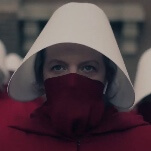
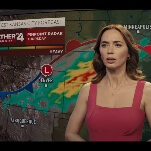



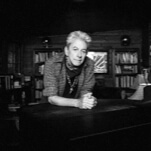



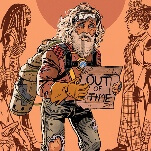
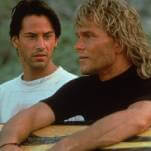







![Rob Reiner's son booked for murder amid homicide investigation [Updated]](https://img.pastemagazine.com/wp-content/avuploads/2025/12/15131025/MixCollage-15-Dec-2025-01-10-PM-9121.jpg)

